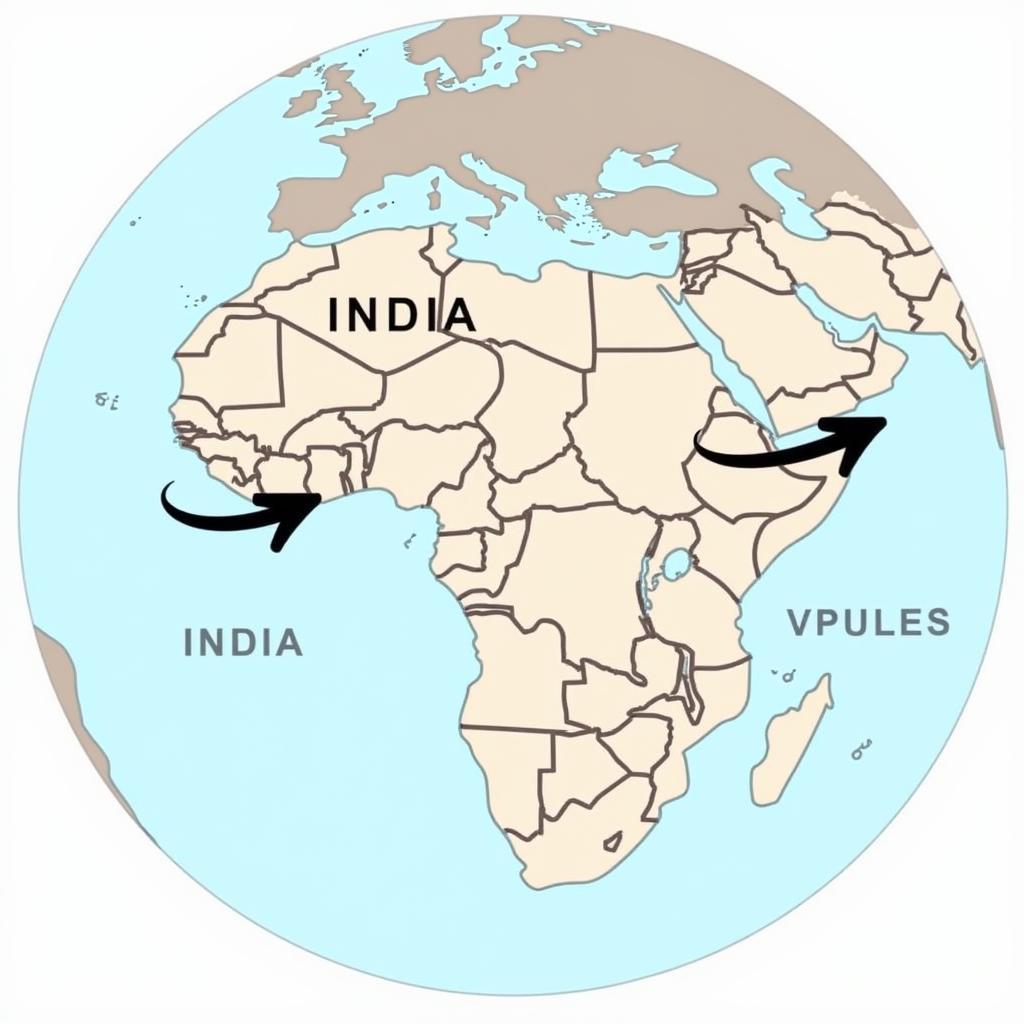African Dust in Florida: A 2019 Phenomenon
The summer of 2019 saw Florida skies take on an unusual hue, a hazy, milky white replacing the usual clear blue. This atmospheric phenomenon was caused by a massive plume of dust that had traveled over 5,000 miles from the Sahara Desert, an event scientists dubbed the “Godzilla dust cloud”. This article delves into the intricacies of this event, examining its origins, impact, and significance for the Sunshine State.
Understanding the Origins of the 2019 African Dust Cloud
The Sahara Desert, the world’s largest hot desert, is the primary source of these dust plumes. Fine particles of sand, minerals, and other organic matter are lifted into the atmosphere by strong winds associated with westward-moving weather systems. The 2019 event, however, was remarkable for its sheer scale and intensity.
The dust cloud was propelled by the Saharan Air Layer (SAL), a mass of dry, dusty air that forms over the Sahara Desert during late spring, summer, and early fall. The SAL, characterized by its warm temperatures and strong winds, can transport dust particles across the Atlantic Ocean towards the Caribbean and the Americas.
Impacts of African Dust on Florida
The arrival of the African dust cloud in Florida had noticeable impacts on various aspects of life:
- Air Quality: The dust cloud significantly reduced air quality, posing health risks for individuals with respiratory issues like asthma.
- Visibility: The haze caused by the dust particles led to reduced visibility, impacting air and road travel.
- Sunrise and Sunsets: While the haze might have dampened daylight hours, it created spectacular, vibrant sunrises and sunsets as the dust particles scattered sunlight.
However, the phenomenon is not without its benefits.
- Nutrient Supply: The dust carries essential nutrients, like iron and phosphorus, acting as a natural fertilizer for ecosystems in the Atlantic Ocean and the Amazon rainforest.
- Hurricane Suppression: The dry, dusty air of the SAL can hinder the formation and intensification of tropical cyclones.
The 2019 Godzilla Dust Cloud: An Unusual Event?
While the transatlantic journey of African dust is an annual occurrence, the 2019 event stood out for its massive size and density. Scientists attribute this to a combination of factors:
- Unusually Strong Winds: Stronger-than-average winds over the Sahara Desert lofted a larger amount of dust into the atmosphere.
- Atmospheric Conditions: The SAL was particularly intense and persistent in 2019, creating favorable conditions for the long-range transport of dust particles.
Could the 2019 African Dust Event Happen Again?
Given the complex interplay of atmospheric factors involved, predicting the intensity and impact of future African dust events remains challenging. However, scientists emphasize that such events are part of a natural cycle and understanding their dynamics is crucial for mitigating potential risks and appreciating their ecological role.
Conclusion
The arrival of the “Godzilla dust cloud” in Florida in 2019 offered a stark reminder of the interconnectedness of our planet. While its impact on air quality and visibility was undeniable, it also served as a testament to the powerful forces of nature and the intricate balance of Earth’s systems. As we move forward, continued research and monitoring of these events will be vital in ensuring our preparedness and understanding of such remarkable natural phenomena.


